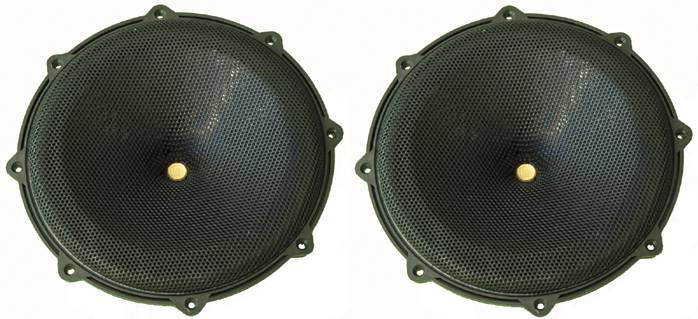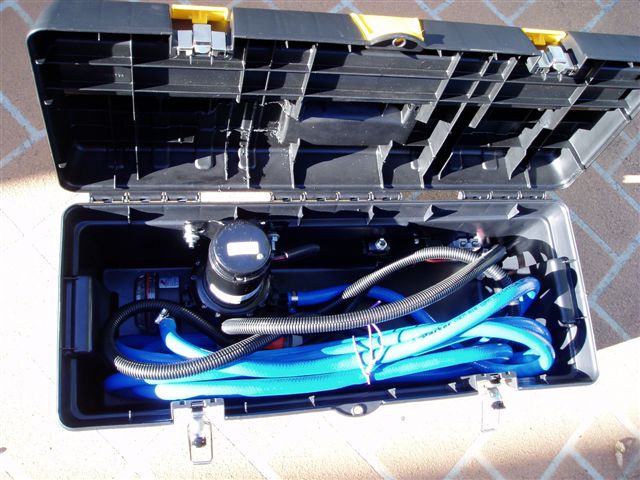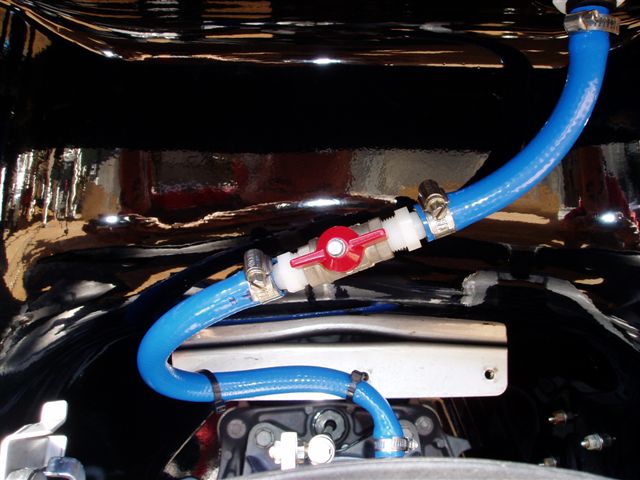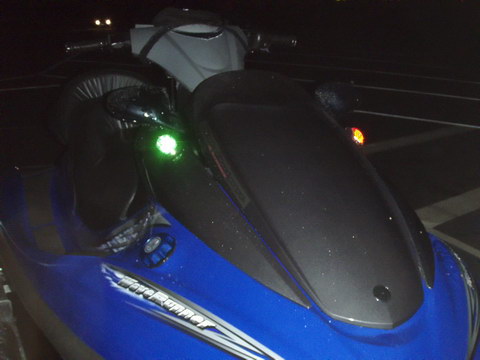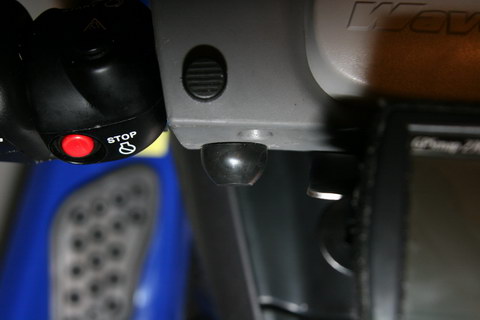
AGM BATTERIES - TECHNICAL INFO AND WHY? |
|
At Full Wave Marine, we offer innovative products which will make your recreational sporting life more enjoyable, safe and most importantly EASY. Batteries are part of that! Make no mistake, there is nothing worse than getting to the ramp, unloading the PWC into the water and finding out you have a flat battery. In fact, even if you find out just before you are about to leave for the boat ramp - it will still ruin your day in most cases! That's why one of the fist things I always do when buying a boat or PWC is change out the battery to an AGM. Why AGM? Well, the fact is that they hold charge for longer when left sitting only 3% PER MONTH! They CHARGE FASTER and LAST LONGER. They can be mounted in your craft at ANY ANGLE. AGM Batteries take up LESS SPACE for the same AMP HOUR Rating. They are also able to be discharged deeper than a deep cycle Lead Acid Battery - this means you have more USABLE AMPS from an equivelant sized battery - ie. you can use 75% of your AMP Hour capacity - a Deep Cycle Lead Acid is reccomended no more than 50% - This gives you more AMP Hours per dollar in most cases. The price? Not that bad actualy. A 20 AMP Hour battery for a PWC - just $70 plus shipping.(usualy around $10). Another reason I switched to AGM was that they are FULLY SEALED. No more risk of spilling Battery Acid over the inside of your craft or even worse - as I have seen - over the paintwork! No More finding out that your battery is dead because it you forgot to fill it with distilled water and it is now buggered! I have had a AGM Battery (120 Amp Hour) which has been very deeply discharged and very poorly treated in my boat for over 2 years now - still running fine - no issues yet at all! I also have a 20 AMP HOUR in my Jetski - I don't charge it - only let the alternator take care of that - always has plenty of grunt and is fully charged each time I go to test it on a battery tester before going out for the day. Another fact - AGM batteries were originally developed for the military, they are very robust and will take a real pounding! See below for information on our AGM Battery Range! Click here to BUY NOW at our on-line store Why AGM? THE DETAILED ANSWER... The unique construction and sealing techniques of the AGM battery guarantee leakproof operation in any position with no adverse effect to capacity or service life. All AGM batteries utilize an electrolyte suspension
system consisting of a high porosity, glass
Our AGM batteries incorporate a built-in design that controls gas generation and induces recombination of more than 99% of gases generated during float usage.
There is no need to check specific gravity of the electrolyte or add water to Our AGM batteries during float service life. In fact, there is no provision for this type of maintenance. All Our AGM batteries are equipped with safety release valves, designed to operate between 2 and 5 psi and automatically reseal. Hence, there is never an excessive accumulation of gas within the battery. Heavy duty lead calcium tin alloy grids provide an extra margin of performance and service life in either float or cyclic applications, even after repeated over discharges.
More than 1000 discharge/recharge cycles can be realized from Our AGM batteries, dependent on the
average depth of discharge. In float service applications,FULLRIVER HGL Series 22Ah and down batteries have an expected life span of 4 to 6 years; 24Ah and up batteries have an expected life span of 6 to 10 years.
The self discharge rate of the HGL series at room temperature is approximately 3% of rated capacity per month.
Our AGM HGL Batteries may be operated over a broad range of ambient temperatures.
AGM batteries recover their capacities even after repeated deep discharges. Click here to BUY NOW at our on-line store FULLRIVER SPECIFICATIONS AND DETAILED INFORMATION GENERAL FEATURES Sealed Construction And Able To Be Operated In Any Position. DESIGN LIFE Up To 22Ah 4-6 years CHARGING Charge characteristics (constant voltage-constant current charging) of SLA batteries are exemplified below.
In order to fully utilize the characteristics of SLA batteries, constant-voltage charging is recommended.
Discharging a) Discharge current and discharge cut-off voltage
Recommended cut-off voltages for 6V and 12V batteries
consistent with discharge rates are given in the figure below.
With smaller discharge currents, the active materials in the
battery work effectively, therefore discharge cut-off voltages (Note) Discharge cut-off voltages given are recommended values.
(1) Control the ambient temperature during discharge within the range from 5°F to 122°F (-15°C to 50°C) for the reason described below. (2) Batteries operate on electrochemical reaction which converts chemical energy to electric energy. The electrochemical reaction is reduced as the temperature lowers, thus, available discharge capacity is greatly reduced at temperatures as low as 5°F (-15°C). For the high temperature side, on the other hand, the discharge temperature should not exceed 122°F (50°C) in order to prevent deformation of resin materials which house the battery or deterioration of service life.
Available discharge capacity of the battery varies with ambient temperature and discharge current as shown in the figure below.
Discharge capability of batteries is expressed by the 20 hour
rate (rated capacity). Select the battery for specific equipment
so that the discharge current during use of the equipment falls
within the range between 1/20 of the 20 hour rate value and
3 times that (1/20 CA to 3 CA): discharging beyong this range
may result in a marked decrease of discharge capacity or reduction in the number of times of repeatable discharge.
When discharging the battery beyong said range, please
consult FULLRIVER in advance. (Note) With some types
of SLA batteries which have a built-in thermostat, the thermostat
Depth of discharge is the state of discharge of batteries expressed by the ratio of amount of capacity discharged to the rated capacity. Storage
Observe the following condition when the battery needs to (1)Ambient temperature: 5°F to 104°F (-15°C to 40°C)
When it is unavoidable to store the battery for 3 months or longer, periodically recharge the battery at the intervals recommended in the table below depending on ambient temperature. Avoid storing the battery for more than 12 months.
The result of testing the residual capacity of the battery which, after fully charged, has been left standing in the open-circuit state for a specific period at a specific ambient temperature is shown in the figure below. The self discharge rate is very much dependent on the ambient temperature of storage. The higher the ambient temperature, the less the residual capacity after storage for a specific period. The self discharge rate almost doubles by each 50°F (10°C) rise of storage temperature.
Temperature conditions
Battery life a Cycle life (number of cycles) of the battery is dependent on
the depth of discharge in each cycle. The deeper the discharge
is, the shorter the cycle life (smaller number of cycles),
providing the same discharge current. The cycle life (number
of cycles) of the battery is also related to such factors as the
type of the battery, charge method, ambient temperature, and
rest period between charge and discharge. Typical cycle-life
characteristics of the battery by different charge/discharge
conditions are shown by the below figures.
This data is typical and tested at a well-equipped laboratory.
Trickle life of the battery is largely dependent on the temperature condition of the equipment in which the battery is used, and also related to the type of the battery, charge voltage and discharge current. The respective Figures show the influence of temperature on trickle life of the battery, an example of trickle (float) life characteristics of the battery, and the test result of the battery life in an emergency lamp.
Click here to BUY NOW at our on-line store
|
| HOT PRODUCTS | ||
|
Marine 4" Waterproof speakers
Marine 5 " Waterproof speakers
Marine 6 " Waterproof speakers
Marine 10 " Waterproof speakers
Portable Jet Ski Flushing Kit
Rooster Tail Valve Cut Off Kit
PWC Navigation light Kit
PWC EASY ANCHOR SYSTEM Kit
PWC Waterproof Horn Kit
PWC AGM BATTERY!
Marine 4" Waterproof speakers
Portable Jet Ski Flushing Kit
Rooster Tail Valve Cut Off Kit
PWC Navigation light Kit
PWC EASY ANCHOR SYSTEM Kit
Portable Jet Ski Flushing Kit
Rooster Tail Valve Cut Off Kit
PWC Navigation light Kit
PWC EASY ANCHOR SYSTEM Kit
PWC Waterproof Horn Kit
PWC AGM BATTERY!
Marine 4" Waterproof speakers
Portable Jet Ski Flushing Kit
Rooster Tail Valve Cut Off Kit
PWC Navigation light Kit
PWC EASY ANCHOR SYSTEM Kit
PWC Waterproof Horn Kit
PWC AGM BATTERY!
Marine 4" Waterproof speakers
Marine 5 " Waterproof speakers
Marine 6 " Waterproof speakers
Marine 10 " Waterproof speakers
Portable Jet Ski Flushing Kit
Rooster Tail Valve Cut Off Kit
PWC Navigation light Kit |
||

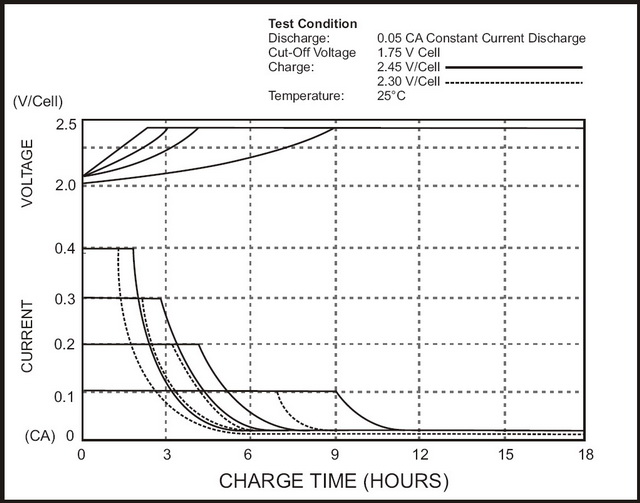

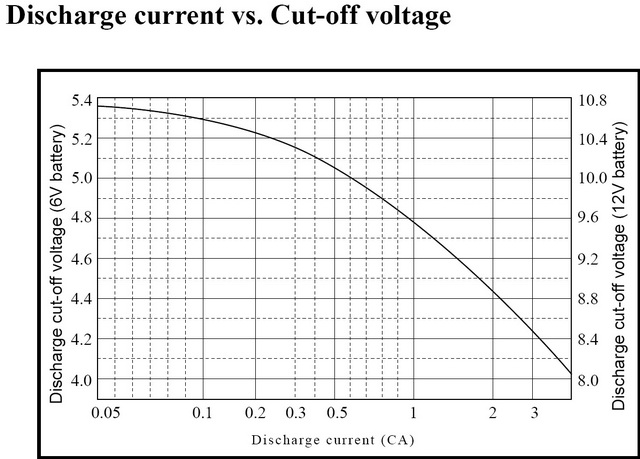
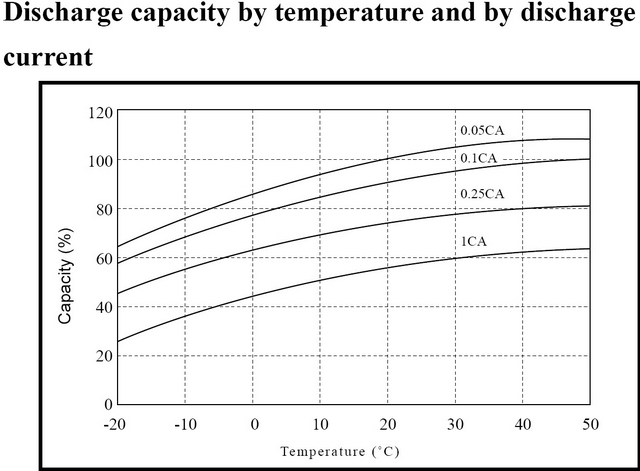

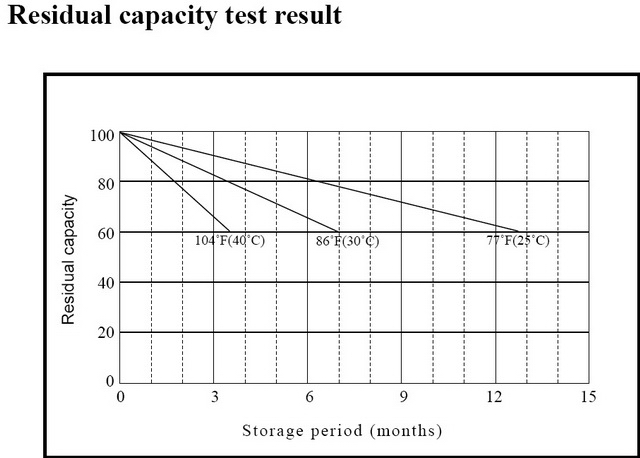
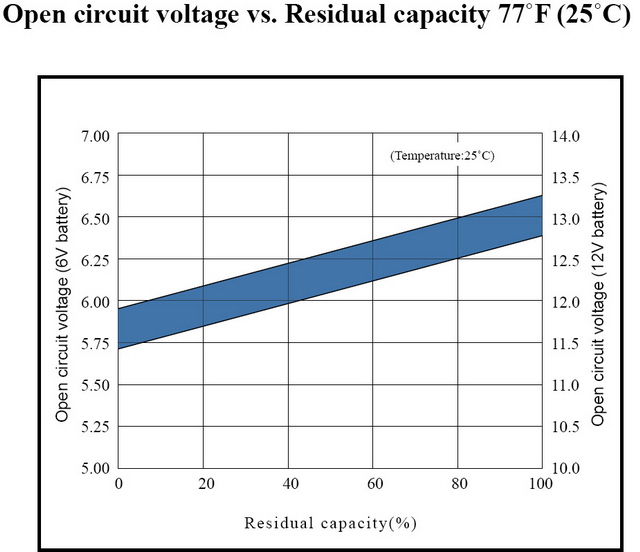


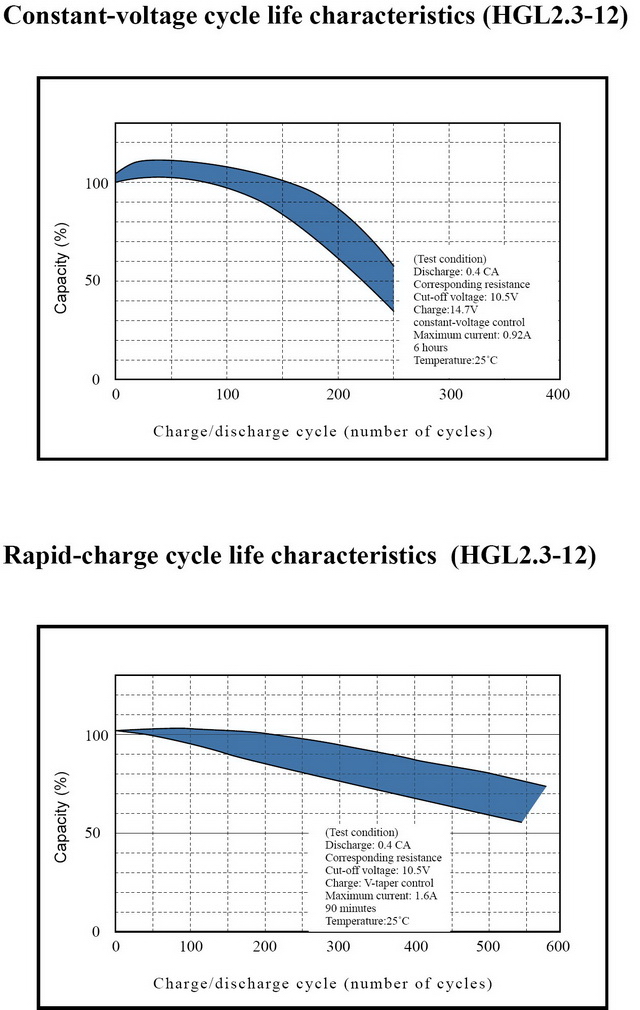

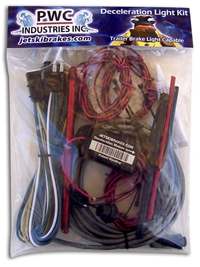
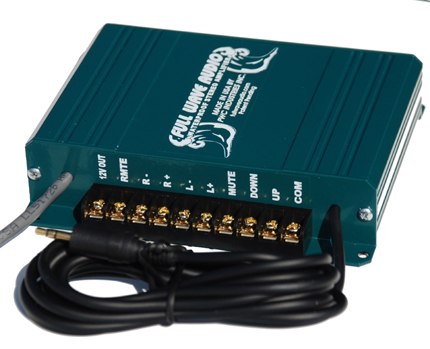
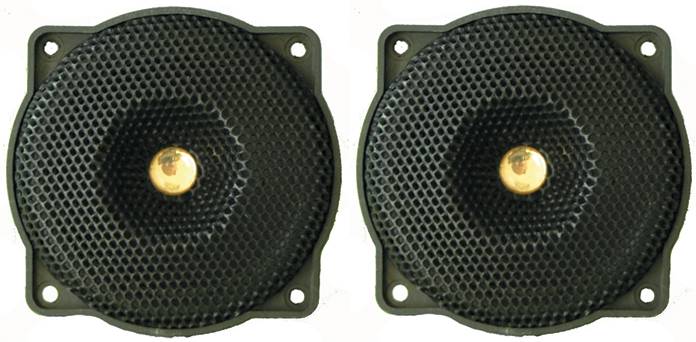
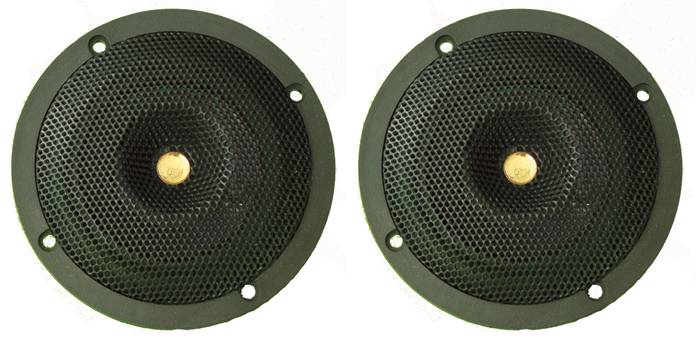
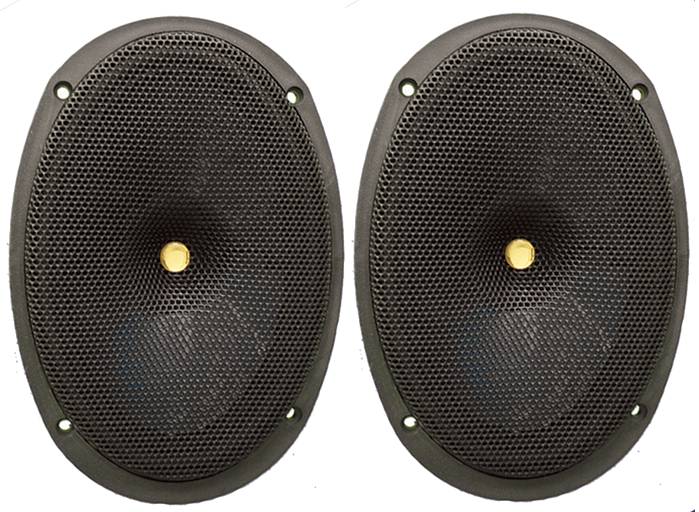 .
.